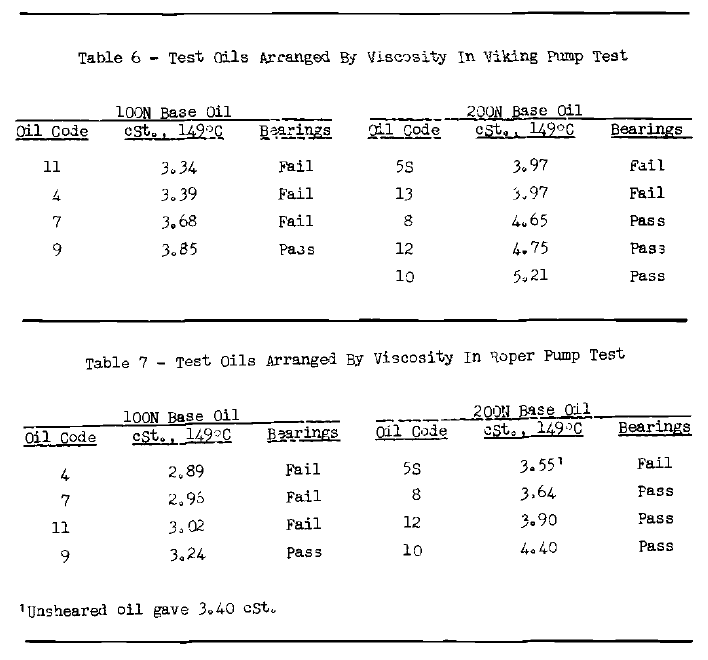Originally Posted By: nap
it seems you missed the part where they indicated that the study is about the journal / bearing assembly / interface, not about other parts of an engine. It’s right there in the paper’s title if you look hard enough.
If you know of any scientific breaktrough in the study of journal / bearing assemblies since ‘77, please come up with it. Cause they still make them the same way - there weren’t any square ones introduced. And Stribeck’s findings (published cca 1902) are still of actuality.
You haven't even read the paper because you don't have access. So, you have no idea what was done.
I have access to it and read it:
(1) They used special bearings that is not used in any engine. Basically they are pure aluminum with steel backing
without the usual coating of lead/tin etc., which were made with the intention to remove the "inhibiting effect" of the coating. So, the study doesn't
directly apply to any real vehicle.
"(Previous studies None of the vehicles encountering bearing failures had experienced difficulty before about 40,000 miles (65,000 km) of service. The bearings used in these cars were steel-backed aluminum (SAE 7817 with a lead - tin (SAE 19) overlay. The function of the overlay was to provide an antiweld surface between the aluminum bearing and the nodular cast iron crankshaft. It was speculated that a necessary condition for failure was operation under conditions which gradually resulted in the removal of the overlay, exposing the more easily damaged aluminum to direct contact with the iron journal.
None of the vehicles encountering bearing failures had experienced difficulty before about 40,000 miles (65,000 km) of service. The bearings used in these cars were steel-backed aluminum (SAE 7817 with a lead - tin (SAE 19) overlay. The function of the overlay was to provide an antiweld surface between the aluminum bearing and the nodular cast iron crankshaft. It was speculated that a necessary condition for failure was operation under conditions which gradually resulted in the removal of the overlay, exposing the more easily damaged aluminum to direct contact with the iron journal.
Engine preparation for test: In an effort to obtain as repeatable a test as possible, several steps were taken to standardize engine buildups. In view of the suspected inhibiting effect of bearing overlays, special bare main bearings were obtained. These bearings were broached by the manufacturer to give an undersized bearing."
(2) For the camshaft bearings, the thinner oils protected the camshafts better than the thicker oils did:
"It has been found in this work, which will be the subject of a later paper, that 100N oil protects cam bearings down to 2.6 cSt in the camshaft test procedure while 2OON fails at temperatures leading to viscosities below 3.0 cSt and 35ON at viscosities below 3.5 cSt. Since these are all IOO VI Newtonian base oils no explanation is readily apparent."
These are three base oils without any viscosity-index improver (VII). 100N has KV100 = 4.5 cSt, 200N has KV100 = 6.9 cSt, and 350N even higher.
(3) Their HTHSV is measured at 300,000 or 700,000 1/second (1/s), not 1,000,000 1/s as today. If they got HTHSV = 3.5 cP, this translates into more like HTHSV = 3.0 cP or lower in today's reporting standards.
This pretty makes your initial claim about 3.5 cP meaningless, as that doesn't correspond to today's measurements. So, yes, a lot has changed since 1977!
(4) Here are their main results. Again, their HTHSV is a lot higher than what's reported today as the measurement was done at a lower shear rate -- 300,000 1/s for the Viking and 700,000 1/s for the Roper rigs, as opposed to 1,000,000 1/s for the today's standard. In addition, the early VII's used in these tests don't quite compare to modern VII's.
All these said, you can interpret these results as a modern SAE xW-20 would pass these tests, despite the unusual bearing design.




